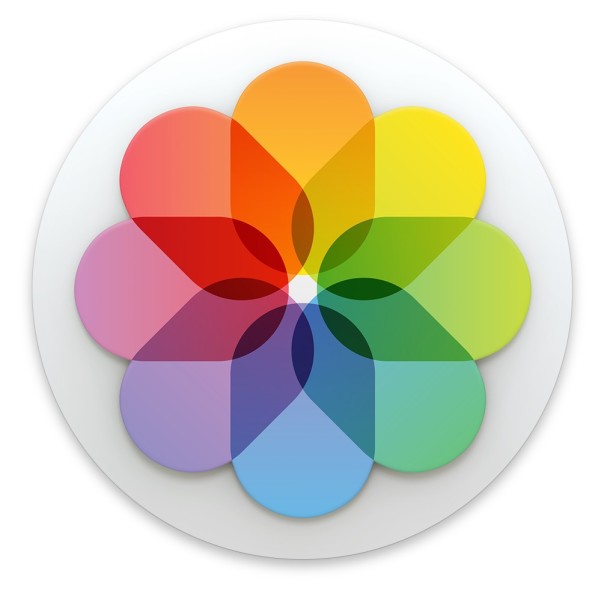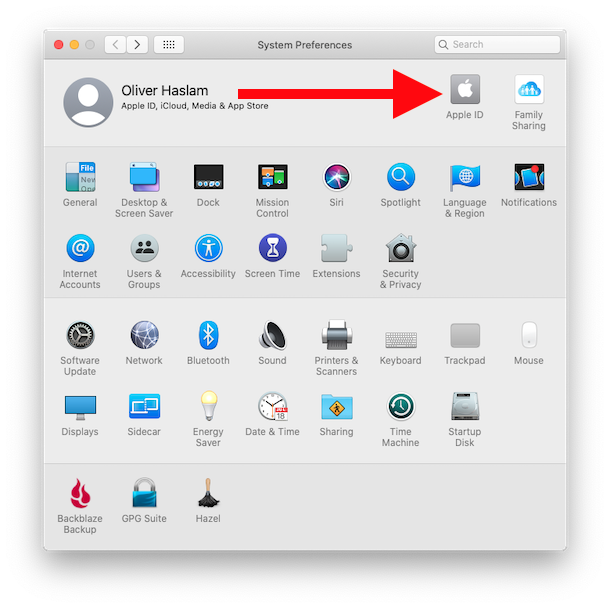How to set up and use iCloud photos on Mac
Do you want to use iCloud Photos on Mac? In its simplest form, iCloud Photos is a sync service that ensures that your iPhone, iPad, Apple Watch, Apple TV and Mac have all the photos you've taken, all ready at any time. That means you can access photos from any other device with the feature turned on, so you'll want to make sure you enable iCloud Photos on iPhone or iPad, and you can even enable and use a Windows PC to access iCloud Photos, too. It's incredibly convenient when it works as intended, but you'll need to activate it before any of that can happen.


This guide will walk you through the steps necessary for iCloud Photos to work on your Mac. It's not a complicated process, but like everything else, it's only easy if you know how to do it.
How to enable iCloud photos on Mac
Let's start enabling iCloud Photos on Mac:
- Click the Apple logo in the upper left corner of the screen, and then click "System Preferences." from the dropdown menu
- Click on "Apple ID. ”From system preferences

- Find "iCloud" in the sidebar and click on it.
- Check the box next to "Photos" to enable iCloud Photos.

- Launch the Photos app when you're done to see iCloud Photos sync in progress, once complete, all iCloud Photos will appear in Photos app on Mac (and on other devices it's also enabled on)
That's it, iCloud Photos is now enabled on Mac. The initial sync process can take a while depending on your media library, so keep your Mac (and iPhone or other devices) powered on and plugged in. Leaving them on overnight may also be a good way to make sure everything is synced correctly to iCloud Photos initially.
Now when you open the Photos app, you will use iCloud Photos to sync all your photos to the cloud.
And yes, iCloud Photos will also sync all the videos and movies contained in the Photos apps on Mac, iPhone and iPad.
This guide assumes that you are using macOS Catalina or later. With older versions of MacOS, the steps are basically the same, but go to the "iCloud" preference pane instead to enable iCloud Photos.
Some general tips on iCloud photos
This may be obvious, but iCloud Photos is best used when enabled on all of your Apple devices, so you'll want to make sure to enable iCloud Photos on iOS and iPadOS as well so that photos sync to and from any other iPhone, iPad, and Mac .
Once you have all your photos in iCloud Photos, you can access them from anywhere with iCloud.com as long as you have a computer and an internet connection. And yes, even if you have to use a Windows PC you can also access iCloud Photos.
Also, iCloud Photos works best on a reliable high-speed broadband Internet connection, as it transfers a large amount of data between your Mac, iPhone, iPad, and any other device that uses the same Apple ID. So if you have a slow or unreliable internet connection, you may not want to use iCloud Photos as it can be frustrating or too slow to be practical.
Note that the larger the photo libraries on Mac, iPhone, iPad, and other devices, the longer the initial iCloud Photos sync process can take. So it's best to make sure your devices are connected to the internet and on a high-speed connection so that everything syncs, uploads, and downloads as intended.
Finally, you may want to upgrade iCloud's storage capacity if you have a very large photo library, so you shouldn't skip that in particular if you see any storage capacity issues with iCloud.

On a somewhat related note, some users find that large photo libraries can cause some speed issues. Fortunately, this is usually temporary, and once the Photos app has run its course and synced everything between iCloud and all devices and the Mac, it should resolve on its own. However, if you find that your Mac is not working properly and Activity Monitor points to “Photos Agent”, you may want to see how to deal with Photos Agent for that particular problem if it persists, which basically means disabling iCloud photos.
Apple is undoubtedly a master at doing its best to have control over every part of the user experience. Create the software that runs on the devices that design and build the hardware on which everything runs. It also manages back-end services that use software and hardware. And while there are occasional issues, it generally works well considering the scale Apple has to work with. And iCloud Photos, formerly known as iCloud Photo Library, is a great example of that.
Do you use iCloud Photos on Mac? Do you like to use iCloud Photos to sync photos between Mac and your iPhone and iPad too? Let us know your experiences and thoughts in the comments.
0 comments:
Post a Comment